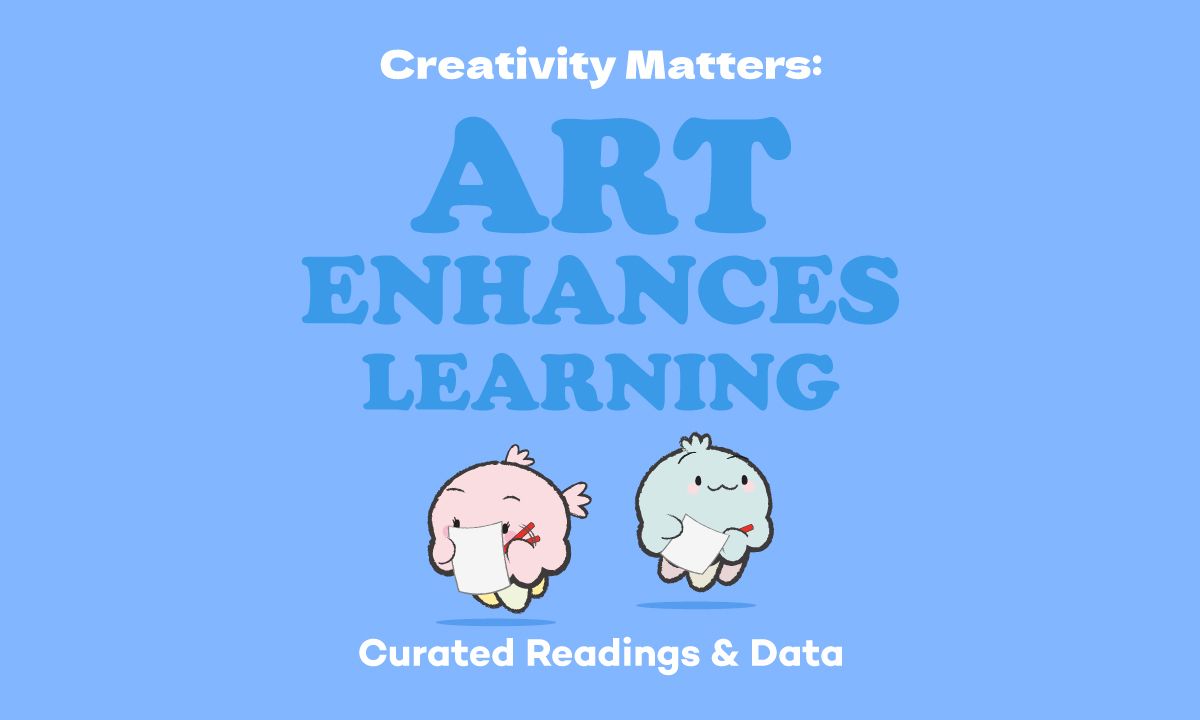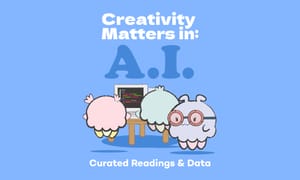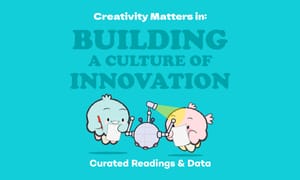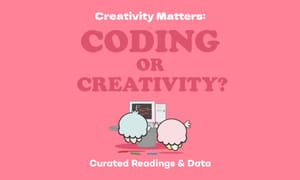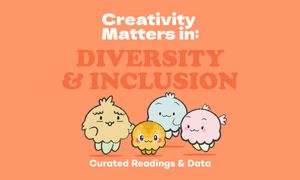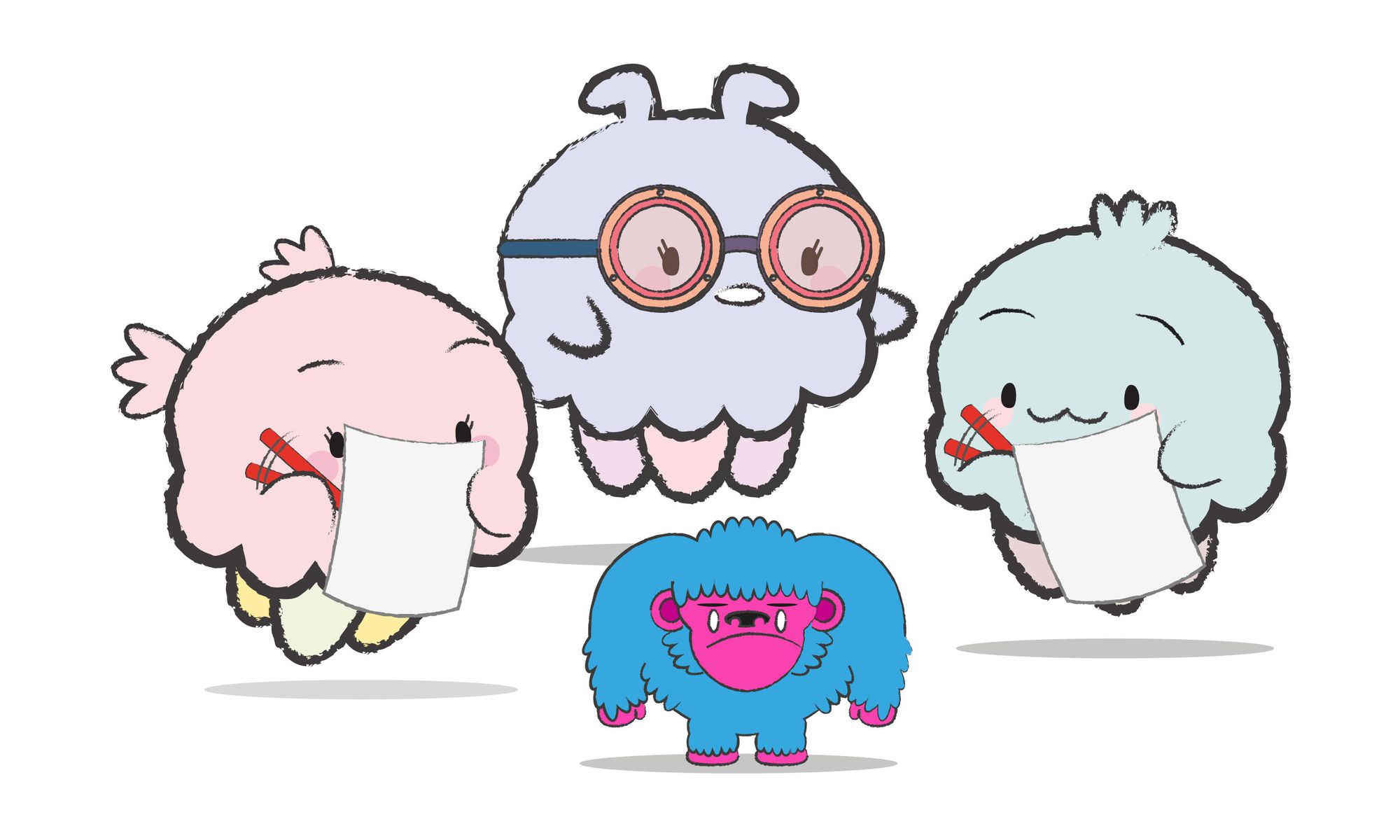
As an elementary teacher, you are always looking for effective (and hopefully easy) ways to enhance your students' learning and engage their minds. Integrating art into your curriculum is a straightforward solution that can have a big impact. By including art activities in your lessons, you can provide your students with a unique and engaging learning experience that boosts their math, science, and language arts performance.
The power of art in promoting creativity, critical thinking, and problem-solving skills is undeniable, and incorporating it into your classroom is a quick and easy way to enrich your student's education and benefit their overall academic performance. Here are some interesting ideas and articles from the web to get you started:
Art Helps Educators Reach Every Student
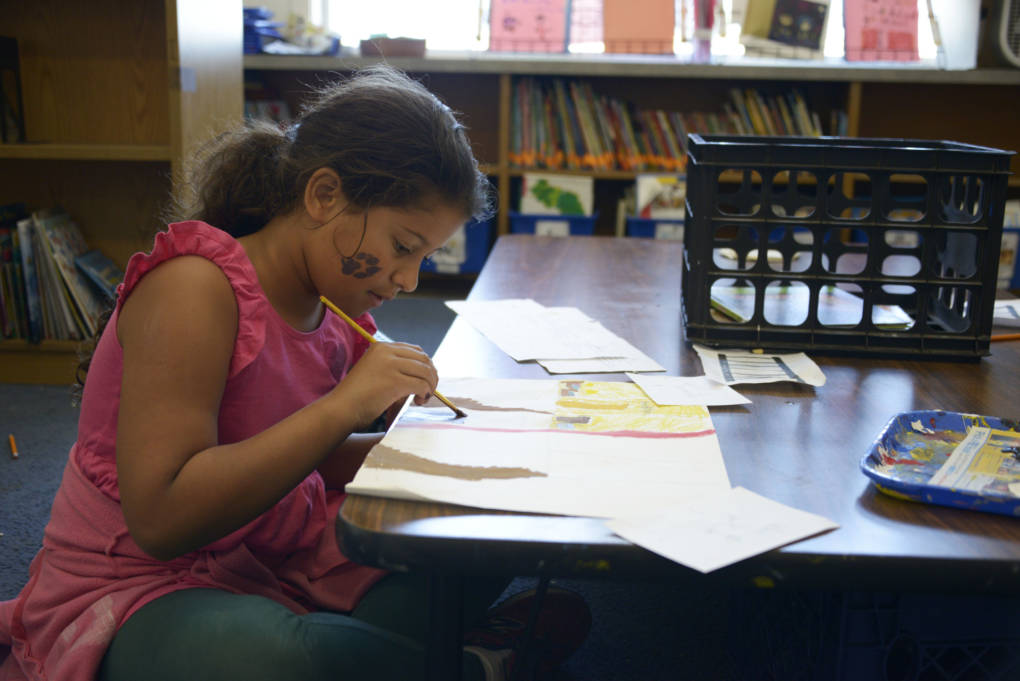
Elementary teachers can help students of different levels of learning abilities, such as those with "learning disabilities, those still learning English, or those with less background knowledge about a topic" participate and benefit more from the class by incorporating art.
By incorporating visual aids and hands-on activities, classes can be more inclusive and teachers can help these students grasp the material in a way that suits their learning styles. Arts integration can also provide a creative outlet for students to express themselves and their understanding of the material. It can be particularly beneficial for those with learning disabilities or who struggle with language.
Additionally, visual arts can be used to help build background knowledge and provide context for students with limited prior knowledge, making the material more accessible and engaging for them. Overall, arts integration and visual arts can be powerful tools for elementary teachers looking to help all students participate and benefit from their lessons.
Classroom Tip: Work closely with your art teacher and discuss learning objectives, map out the subject standards you wish to cover and brainstorm themes. Let them be a trusted guide to co-create an arts-integrated assessment of student work.
Art as a Tool for Authentic and Meaningful Learning

Arts integration can be an effective tool for promoting authentic and meaningful learning in elementary students. By incorporating art activities into other subject areas, teachers can help students to create personal and creative works that resonate with them and deepen their understanding of the content.
For example, students can create visual representations of historical events, design science experiments incorporating artistic elements or use storytelling and drama to explore literature. These activities can engage students on multiple levels, tapping into their creativity, imagination, and personal experiences.
By connecting art to other subject areas, students can also develop a deeper appreciation for the interconnections between different disciplines and the role of art in enhancing their understanding of the world around them.
Classroom Tip:
- Keep things open-ended for the optimal result (and creativity): Provide students with open-ended prompts that allow them to use their imagination and personal experiences to create unique pieces of artwork.
- Understand depth by seeking verbal explanation: Ask students to write a brief reflection or explanation of their artwork, connecting the art to the language or history lesson.
Art Helps to Synthesize Student Understanding
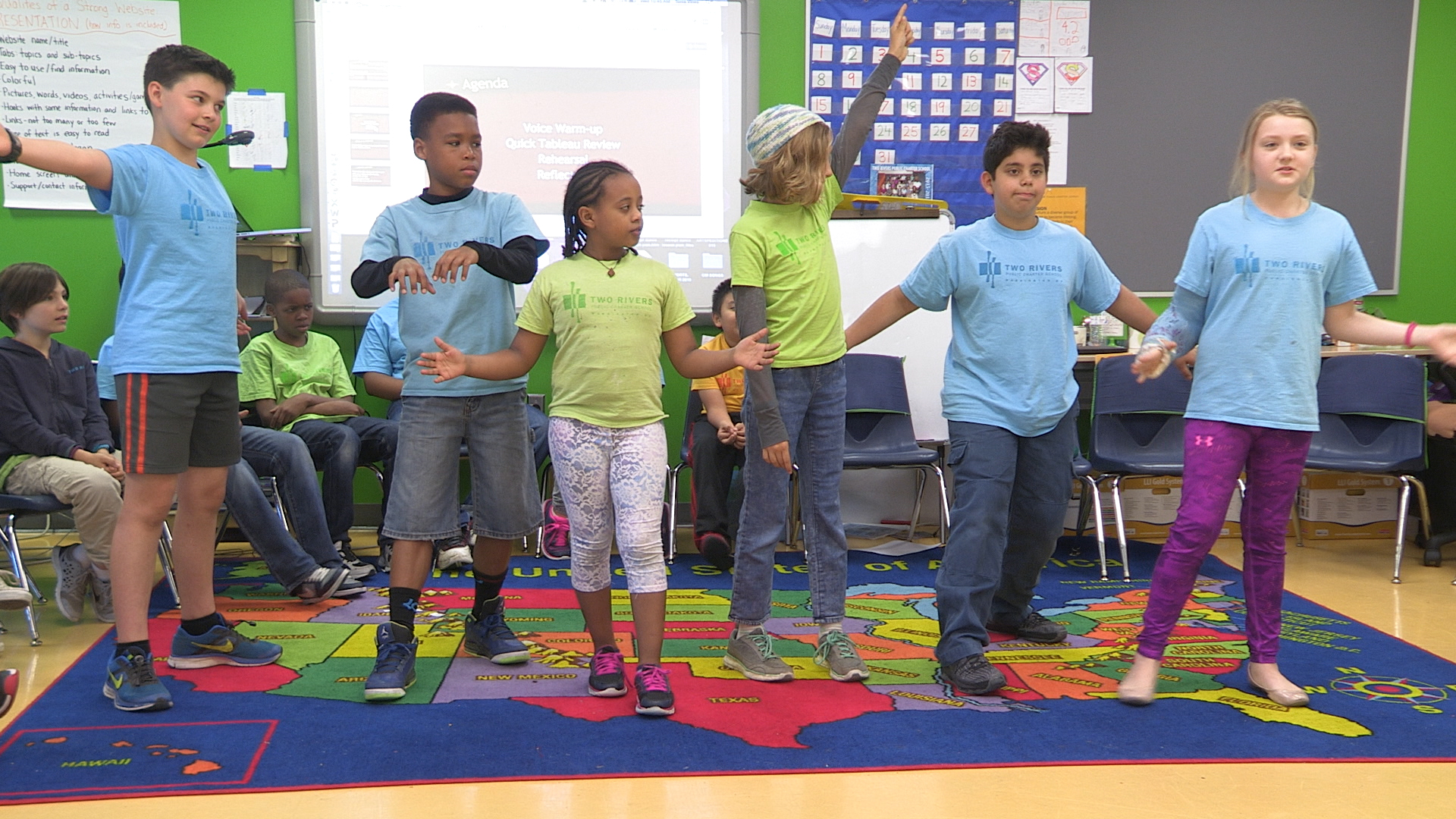
Analyzing the components that make up a piece of art, composition, drama, or dance is crucial in understanding the whole. Synthesizing various parts into a coherent work is vital in creating meaning for students. Educators, we recognise the importance of this critical analysis and synthesis, but many need help with how to incorporate it into their classroom instruction. Arts integration offers a solution, providing opportunities for students to practice these critical skills engagingly and creatively.
Integrating the arts into other subjects gives students multiple perspectives and a more holistic understanding. Therefore, students must make connections between the arts and other elements of the subjects they are studying to engage in critical analysis and synthesis.
Classroom Tip:
- Use Artist Statements: "Artist statements are a great way for artists to share what they’ve done in their artwork, why they’ve done it, the materials they’ve used, and how it has changed their thinking or deepened their understanding." This is a great way for students to showcase their understanding of the work they've created.
Conclusion
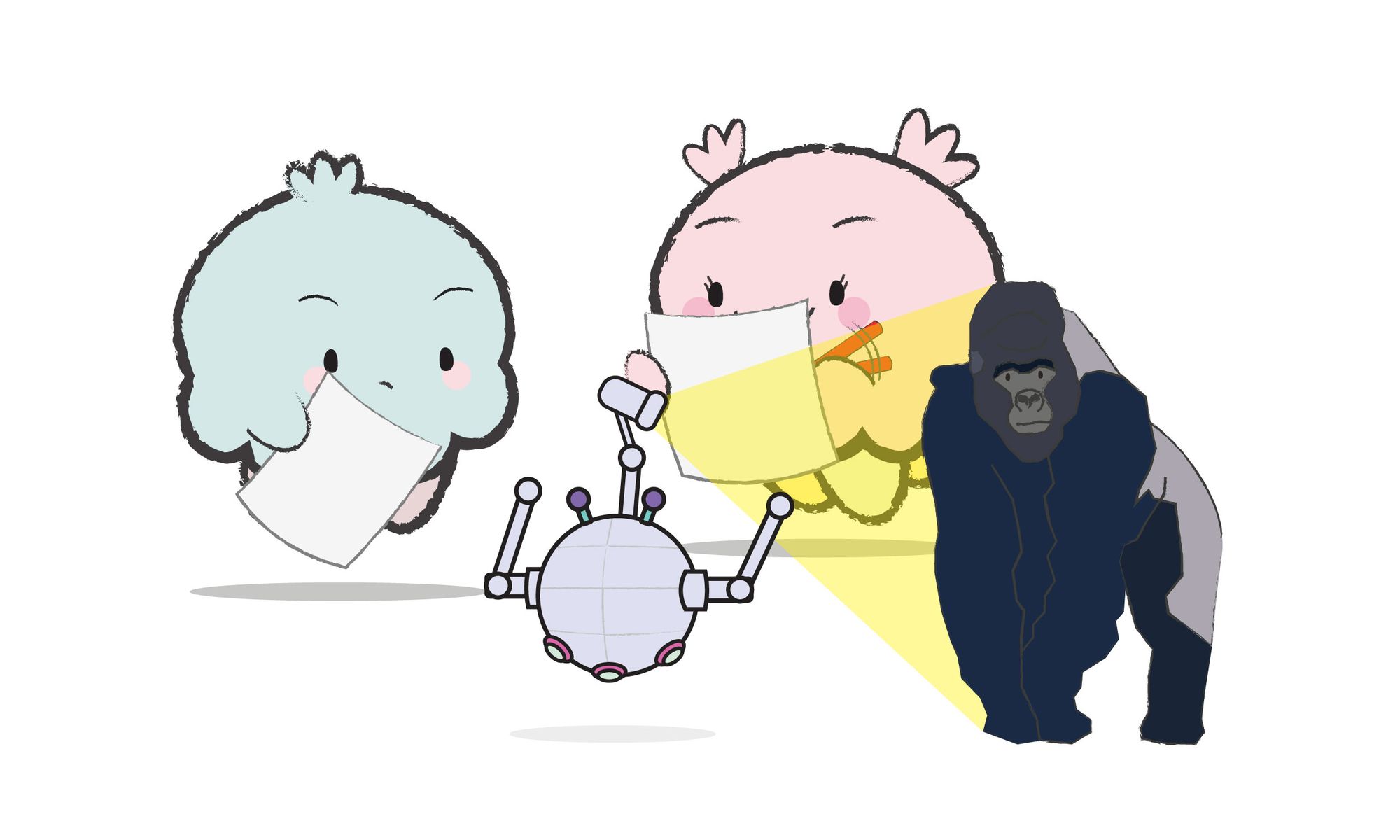
In summary, art in education provides numerous significant benefits. First, art is inclusive and can engage every student, regardless of their learning style or background, making it a valuable tool for educators to reach all learners. Secondly, art is a powerful means for students to engage in authentic and meaningful learning experiences. By creating art, students can connect with their own emotions, thoughts, and experiences, allowing them to explore complex topics and develop a deeper understanding of the world around them.
Lastly, art is a powerful tool for synthesizing student understanding. When students create art to demonstrate their knowledge, they can apply critical thinking skills to analyze and interpret information, creating a tangible representation of their learning. In short, integrating art into education enhances understanding and promotes creativity, self-expression, and personal growth, making it an essential component of a well-rounded education.
Share this Teaching Resource
Our K-3 Creative Activity Printable Bundle
Boost your lesson plans with our innovative collection of printable activities for the year. "Over 100 projects with more than 400 printable sheets" to spark imagination and foster creativity in your classroom for the whole year.
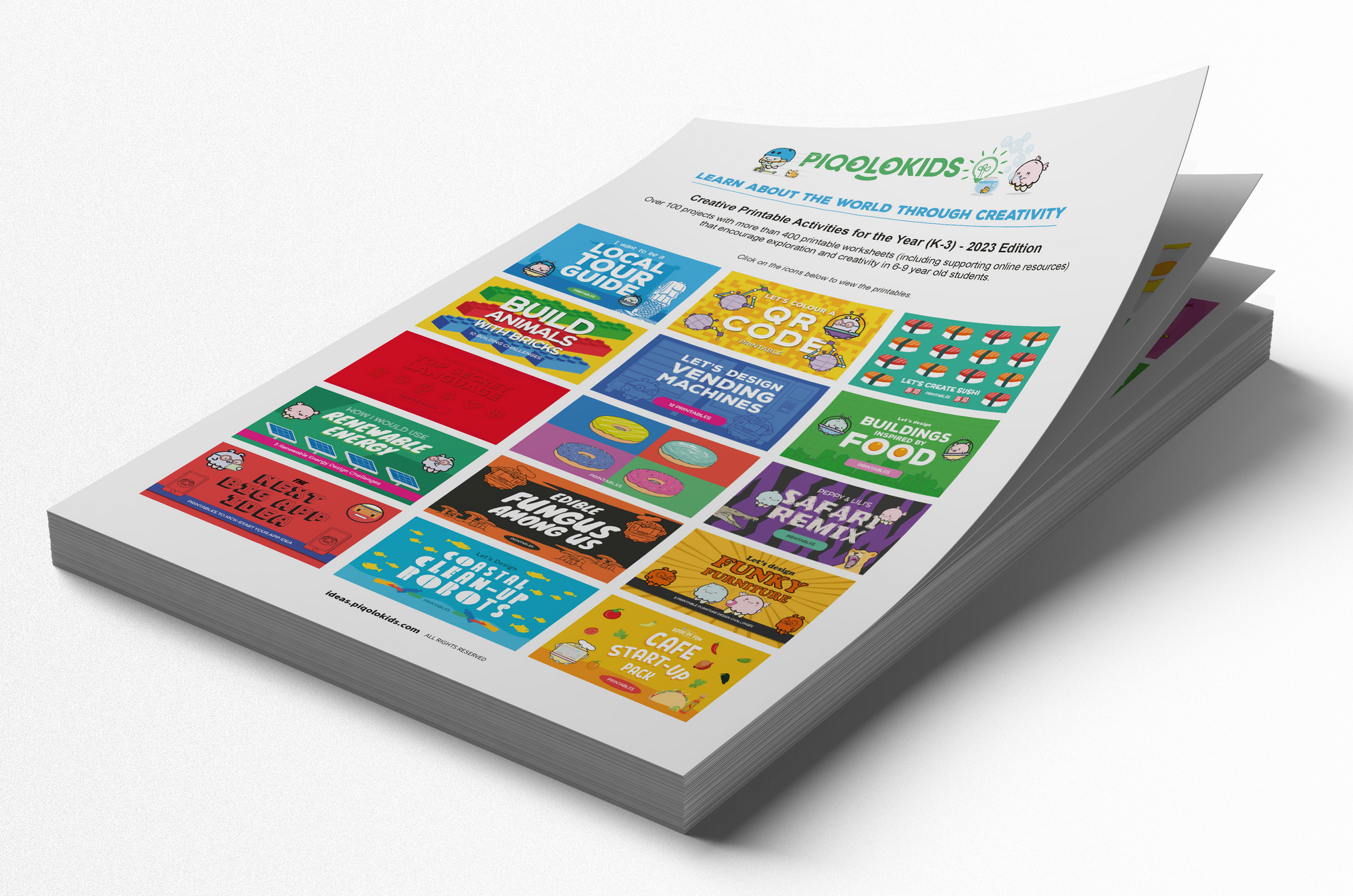
PBL and Genius Hour Supplement Printable Bundle (K-3) - 2023 Edition
This creative activity bundle is jam-packed with over 100 projects with more than 400 printable activity sheets for 6-9 year olds. With a focus on creativity and hands-on learning, this bundle is perfect for keeping little learners engaged, designing and creating for an entire year.
An excellent resource for teachers, subs, parents and caregivers looking for fun and creative activities to keep kids busy and learning. It's perfect for use in the classroom, at home or on the go. With so many activities to choose from, kids will never be bored!
- DIGITAL ONLY PRODUCT i.e. PDF format.
- Over 100 projects with more than 400 printable sheets.
- Printable sheets mainly black & white.
- Includes links to supporting online resources.
- File size: 166.5 MB / 518 pages.
Or join our Premium Subscription to access all the printable worksheets in the bundle and more for only $3/month.

